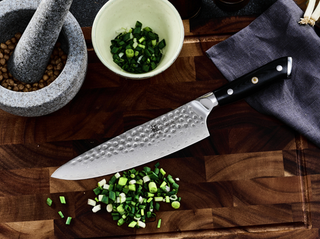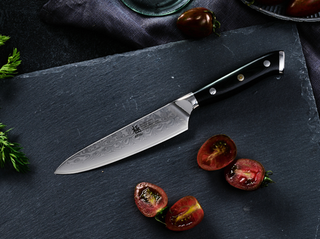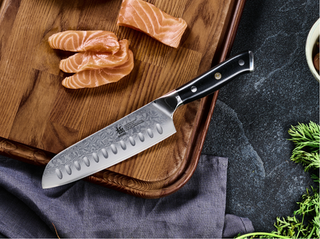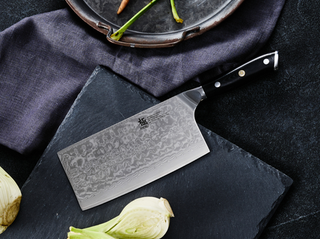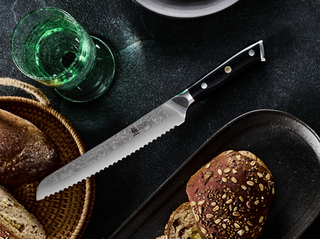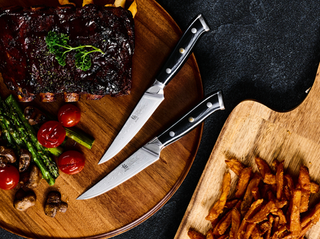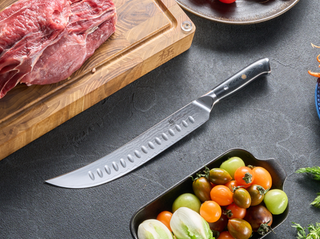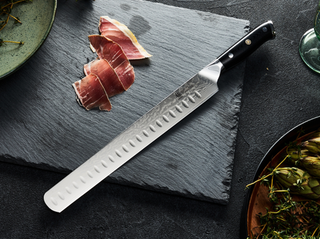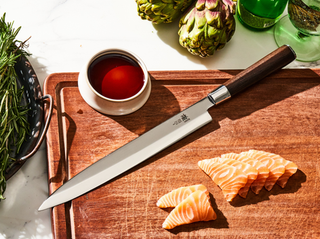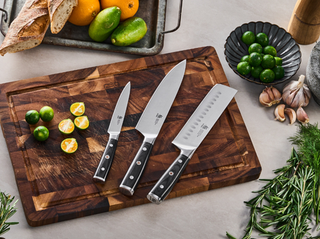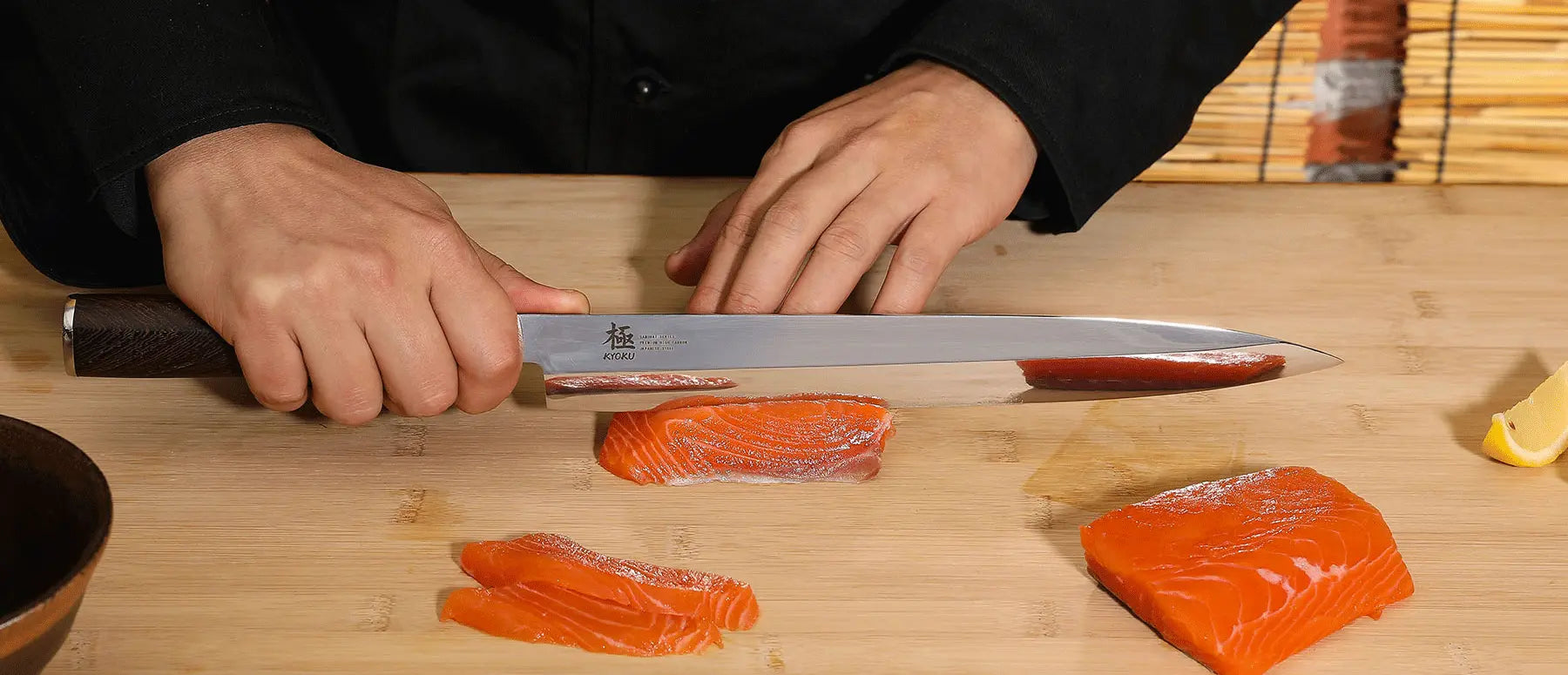Sushi is a type of Japanese cuisine and been very popular in the past decades. Sometimes people will ask what is the difference between Nigiri and Sashimi. Although they may look similar, they are quite different in taste, texture, and even preparation. We are going to make it clear to you today.
What is Nigiri?
Nigiri sushi is a traditional form of Japanese sushi that consists of a small ball of vinegared rice, known as "shari," topped with a slice of raw fish, such as salmon or tuna. The rice is usually flavored with a mixture of rice vinegar, sugar, and salt, which gives it a slightly sweet and tangy taste. The fish topping can be raw or cooked, and it is usually seasoned with a touch of soy sauce or wasabi. Nigiri sushi is often served as a two-piece set, with each piece meant to be eaten in one bite.
What is Sashimi?
Sashimi is a Japanese dish consisting of thinly sliced raw fish or meat, usually served without rice. Unlike Nigiri, Sashimi is not served with any rice or other ingredients. It is served on a plate with a garnish of shredded daikon radish, shiso leaves, or other toppings. If you are a person that just want to taste the fresh and the quality of the fish, then Sashimi would be your best shot.
When it comes to eating, Nigiri is typically eaten with the fingers, while Sashimi is eaten with chopsticks. In Japan, Nigiri is often served as an appetizer or snack, while Sashimi is more of a main course or a luxury item.
Which is Better?
It's difficult to say which is better, as it depends on your personal preference. Nigiri is a classic and beloved form of sushi, with the rice acting as a complement to the fish, while Sashimi showcases the raw fish's flavor and texture. Ultimately, both are delicious and worth trying.
Preparing Sashimi
When it comes to preparing sashimi, it is important to have a knife that is specifically designed for the task. The most common knife used for sashimi preparation is the yanagiba knife, which is a traditional Japanese knife that has a long, thin blade with a single bevel edge.
Yanagiba Knife
The yanagiba knife is perfect for cutting thin slices of fish because its sharp, pointed blade allows for precise cuts without damaging the delicate flesh of the fish.
The blade of the yanagiba knife is usually around 8-11 inches long, making it the perfect length for handling larger fish like tuna or salmon. The single bevel edge of the blade allows for a smoother, cleaner cut and ensures that the fish retains its flavor and texture.
While a traditional Japanese sashimi knife is the best choice for preparing sashimi, there are other types of knives that can also work well. Here are some alternatives:
Santoku Knife
Santoku knives are multipurpose Japanese knives that can be used for a variety of tasks, including slicing raw fish. They have a shorter blade than a sashimi or yanagiba knife, but they can still work well for preparing sashimi.
Deba Knife
Deba knives are Japanese knives that are commonly used for filleting fish. They have a thick and heavy blade that is designed to cut through the bones and skin of fish.
Fillet Knife
Fillet knives are commonly used in Western kitchens for filleting fish. They have a long and flexible blade that can easily maneuver around bones and skin.
It's important to note that while these knives can work for preparing sashimi, they may not provide the same level of precision and quality as a traditional sashimi knife. It's always best to use the appropriate knife for the task at hand.
Frequently Asked Questions (FAQ)
What is the main difference between Nigiri and Sashimi?
Nigiri consists of a small ball of vinegared rice topped with a slice of raw or cooked fish, while Sashimi is simply thinly sliced raw fish or meat served without rice.
Is Nigiri considered sushi?
Yes, Nigiri is a type of sushi because it includes vinegared rice as a base, topped with fish or other ingredients.
Can the fish used for Nigiri be cooked?
Yes, while Nigiri often uses raw fish, some types are made with cooked or seared fish, such as eel or egg omelet (tamago).
Are there differences in accompaniments between Nigiri and Sashimi?
Nigiri is usually served with soy sauce and a dab of wasabi, whereas Sashimi is often accompanied by shredded daikon radish, shiso leaves, and pickled ginger along with soy sauce and wasabi.
Which is healthier, Nigiri or Sashimi?
Sashimi contains more protein and fewer calories since it is just fish, whereas Nigiri has more calories due to the rice, but both provide beneficial nutrients like omega-3 fatty acids.
